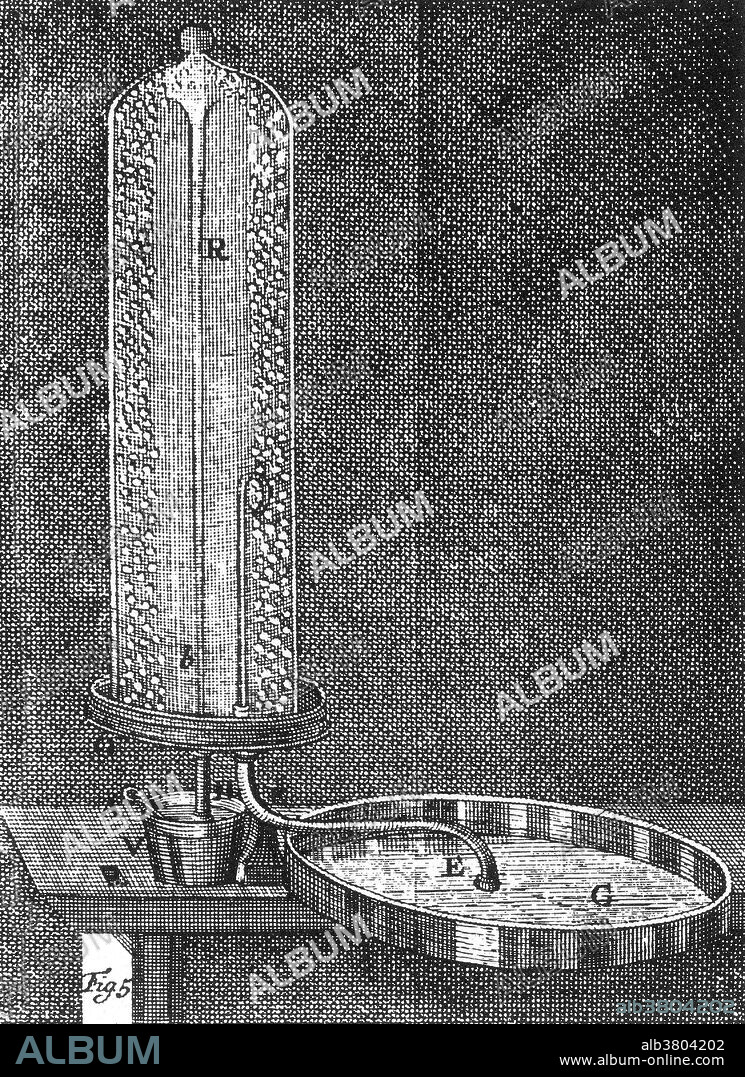alb3804202
Electrostatic generator experiment, 1700s

|
Añadir a otro lightbox |
|
Añadir a otro lightbox |



¿Ya tienes cuenta? Iniciar sesión
¿No tienes cuenta? Regístrate
Compra esta imagen

Título:
Electrostatic generator experiment, 1700s
Descripción:
Ver traducción automática
Electrostatic generator experiment. In 1705, Hauksbee had discovered that if he placed a small amount of mercury in the glass of his modified version of Otto von Guericke's generator, evacuated the air from it to create a mild vacuum and rubbed the ball in order to build up a charge, a glow was visible if he placed his hand on the outside of the ball. This remarkable discovery was unprecedented at the time. This glow was bright enough to read by. It seemed to be similar to St. Elmo's Fire. This effect later became the basis of the gas-discharge lamp, which led to neon lighting and mercury vapor lamps.
Crédito:
Album / NYPL/Science Source
Autorizaciones:
Modelo: No - Propiedad: No
¿Preguntas relacionadas con los derechos?
¿Preguntas relacionadas con los derechos?
Tamaño imagen:
3166 x 4350 px | 39.4 MB
Tamaño impresión:
26.8 x 36.8 cm | 10.6 x 14.5 in (300 dpi)
Palabras clave:
ARTE • BLANCO Y NEGRO • BRILLANTE • CIENCIA • CIENTIFICO • DIBUJO • ELECTRICIDAD • EUROPEO • EXPERIMENTO • FAMOSO • FÍSICA (CIENCIA) • GENERADOR • HISTORIA • HISTORICO • ILUSTRACION • IMPORTANTE • INGLES • LUZ • OBRA DE ARTE • SIGLO XVIII
 Pinterest
Pinterest Twitter
Twitter Facebook
Facebook Copiar enlace
Copiar enlace Email
Email
